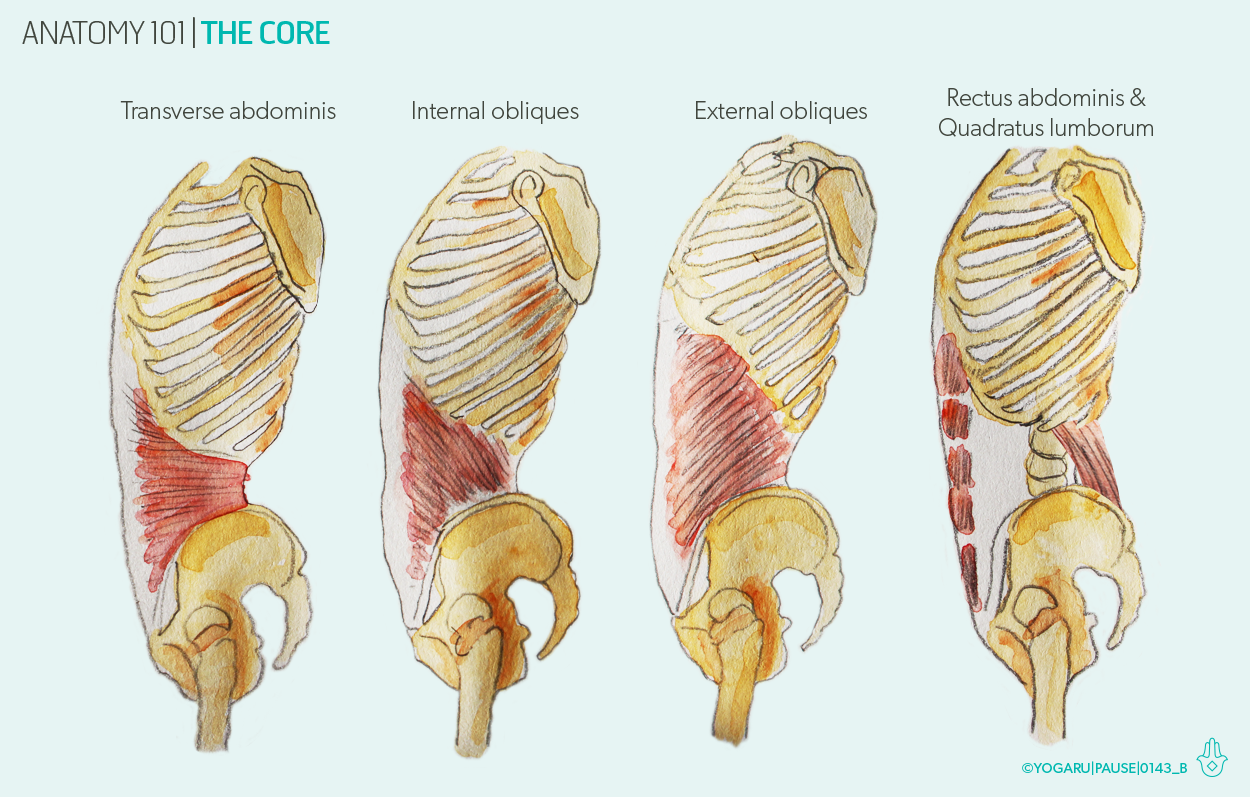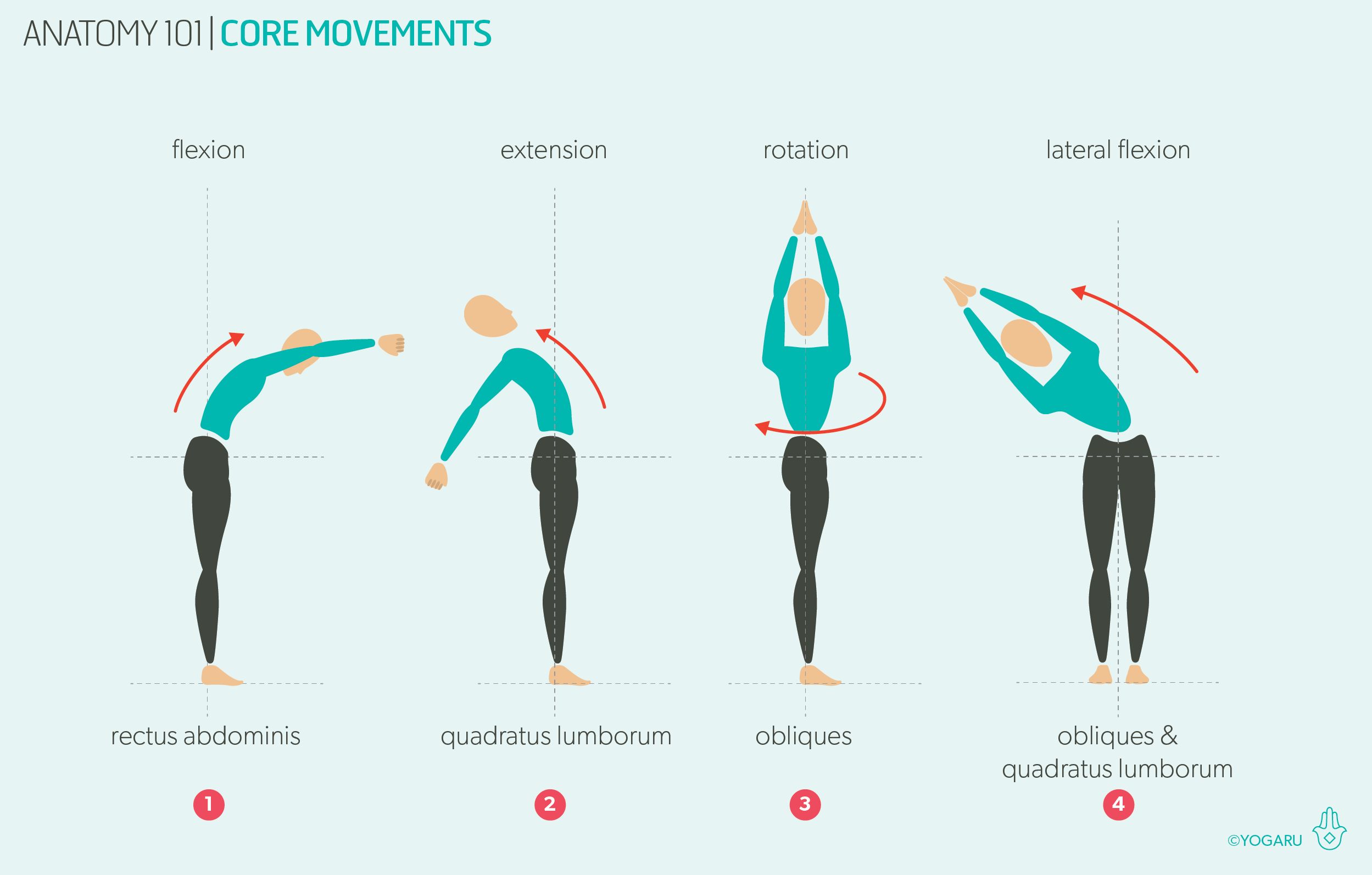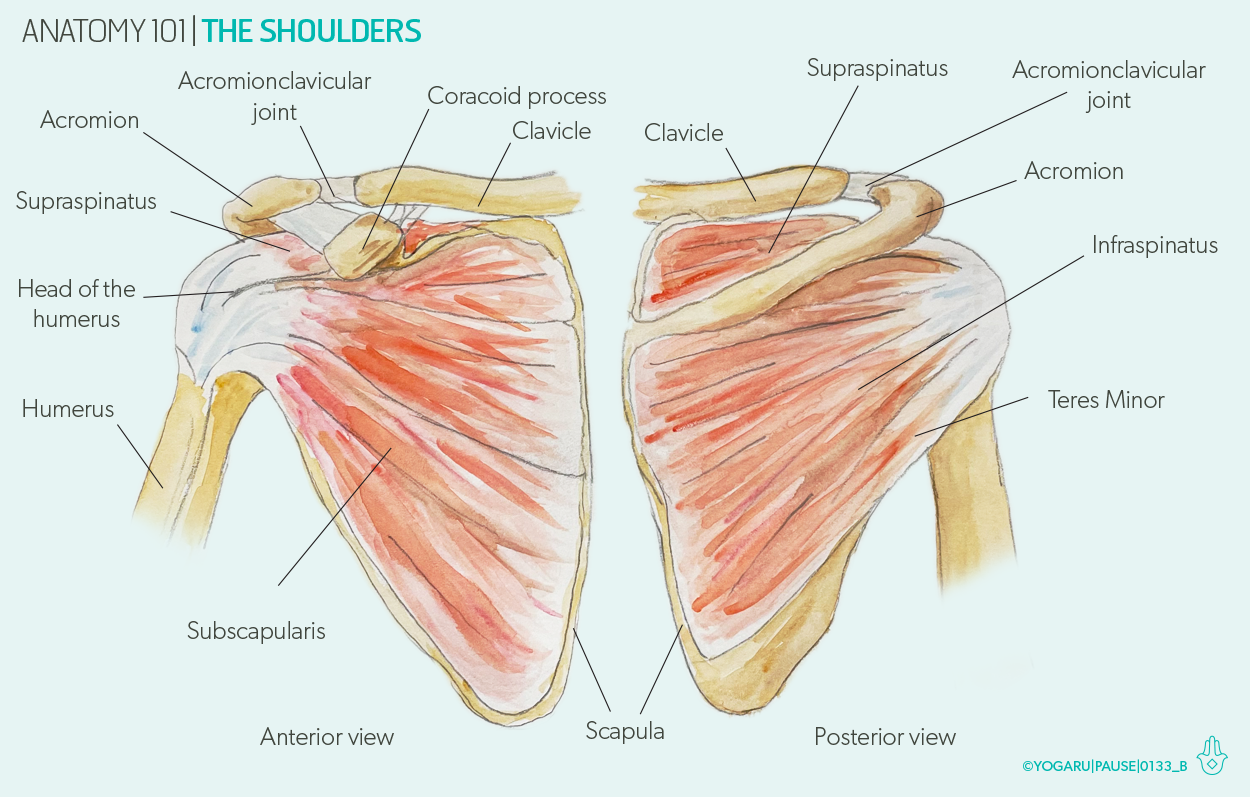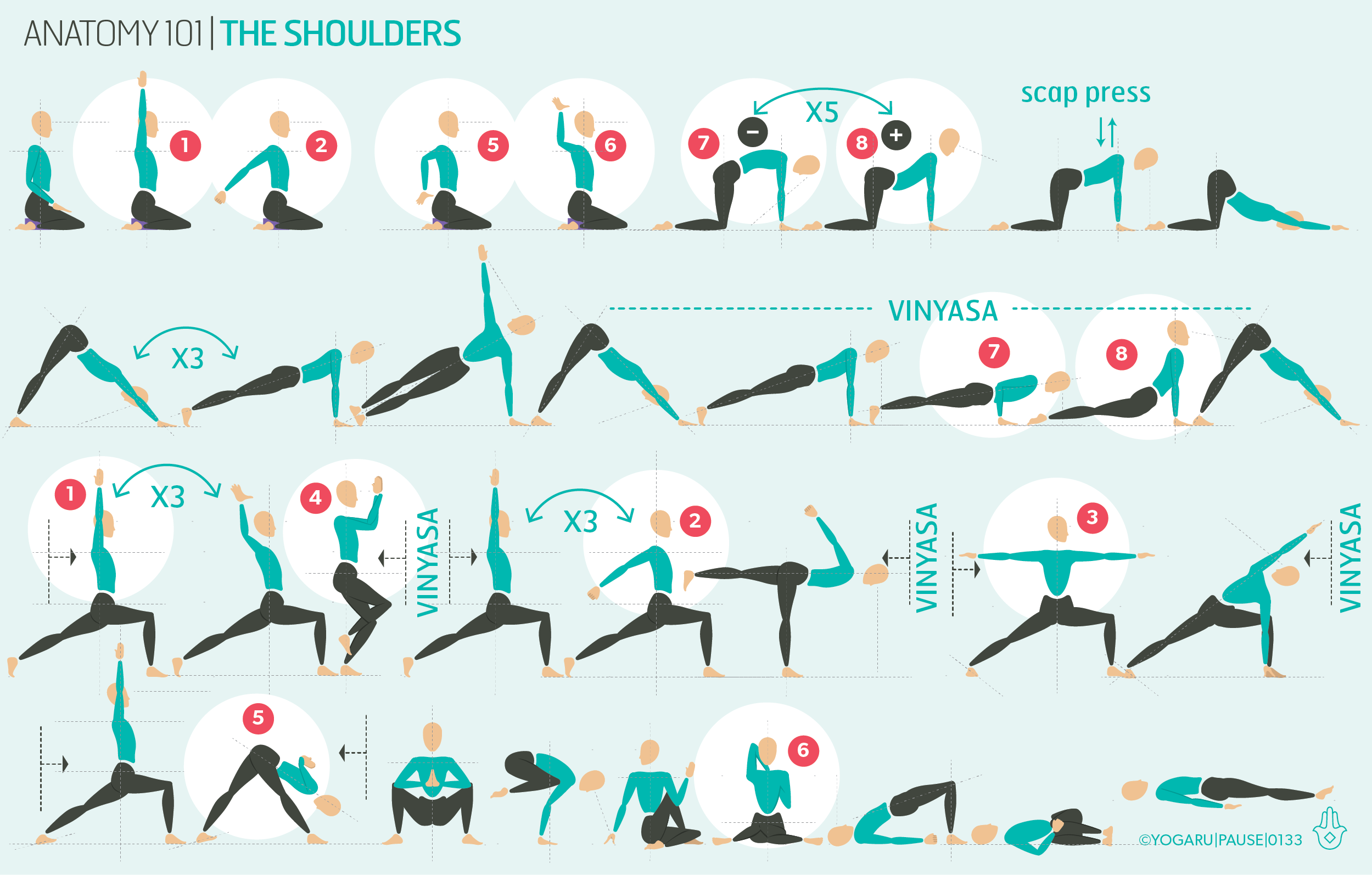YOUR DEFENCE SYSTEM
The immune system protects you from harmful microorganisms and from your own cells that have malfunctioned. It is your body's defence system against infection, illness and disease. The immune system is made up of millions of white blood cells, called leukocytes, which are mainly made in the bone marrow. They travel through the blood and lymph constantly scanning for signs of invaders. They are very adaptable and able to tackle many different threats. There are two types of leukocytes – phagocytes and T-cells. The phagocytes digest the foreign cells and send signals to lymphocytes in the lymph nodes. This information is processed and T-cells and B-cells are sent to kill the infected cells. These T-cells and B-cells produce antibodies to counteract further similar invasions and build long term immunity to this specific threat.
THE SYSTEMS OF THE BODY
The immune system works best when the body is balanced in homeostasis. For the body to be balanced all the systems of the body need to be working efficiently. Breath awareness and slow mindful movement of yoga stimulates several systems of the body which work hand in hand with a strong, reactive, but not over reactive, immune system – the nervous system, the digestive system, the respiratory system, the circulatory system, and the lymphatic system.
The nervous system
The nervous system is the body's communication and control system. It is responsible for all internal bodily functions and for our reactions to external stimuli. Periods of busyness and stress are a natural part of life. Every day we face challenges, adapt, solve, and move on. In these busy periods our body concentrates its energy resources on the activity and the other systems of the body are put on the back burner. When these challenges become overwhelming, and linger long term, the effect on the functionality of all the systems, including our immune system, starts to suffer. Yoga enhances the malleability of the nervous system – which is our capacity to move easily from activity to rest – by rewiring the brain's response to stress. The breath is one of the fastest ways to stimulate this response, which is why it is so important in yoga.
The digestive system
The digestive system, or the enteric system, is where the body processes food, absorbs nutrition and removes waste from the body – functions which are imperative to a strong immune system. The squeezing and stretching actions in yoga helps the digestive system in two main ways – it encourages fresh blood flow and stimulates the muscles in the walls of the gut. These two actions assist in efficient nutrition absorption, detoxification, and staying regular through the action of peristalsis in the colon.
The respiratory system
The respiratory system is responsible for bringing oxygen to all the cells of the body to facilitate cell growth and replication. The breath is part of the autonomic nervous system, which means it works automatically. What makes the breath unique is that we can also control it to a certain extent. We can extend, shorten and hold the breath depending on our desired outcomes. When we inhale our heart rate increases, the cells receive oxygen, and we feel energised. When we exhale the heart rate decreases, the cells release carbon dioxide, and we feel calmer. The vagus nerve, which is the main nerve responsible for the relaxation response, travels through the diaphragm. When we breathe, in particular an exhale, it stimulates the vagus nerve and initiates the relaxation response.
The circulatory system
The circulatory system, or the cardiovascular system, pumps blood around the body with the heart through a network of blood vessels. The blood carries oxygen, nutrients, and hormones to all the cells of the body, and removes waste products created in the metabolic functions. Think of the circulatory system as housekeeping. When the body is well serviced the immune system is able to work more efficiently. Breath awareness, and extending the inhale and exhale, affects the pace of the heart and in turn increases or decreases circulation and blood pressure. The movement and wide variety of positions in yoga – twists, inversions, backbends – each add their own challenge and benefit to the circulatory system.
The lymphatic system
The lymphatic system is the transport system for the immune system. It carries white blood cells and nutrients around the body, regulates the immune system, removes toxins, balances fluids and controls inflammation. Unlike the circulatory system it doesn’t have a pump to help it move around the body. It relies on gravity, muscle contractions and the rhythmic breath to keep it moving. When we breathe in we increase pressure on the abdominal region and reduce pressure in the thoracic area, when we exhale we reverse this. This increase and decrease in pressure is one the most efficient tools for keeping lymph flowing and is something that we can accentuate in our yoga practice.
All the systems of the body overlap and work in partnership with each other. The circulatory system works with the respiratory system to distribute oxygen; the circulatory system works with the digestive system to distribute nutrients; the digestive system works with the respiratory system to give each other oxygen and nutrients; the respiratory system works with the lymph system to keep lymph flowing; and the nervous system is the conductor that brings everything together in harmony. Within this harmony lies a strong and efficent immune system.
TWISTS, BACKBENDS & INVERSIONS
For the immune system to work at its best all these systems need to be working in symmetry. Although all yoga will help keep these systems in balance – twists, backbends and inversions are the most powerful poses to practice when working with the immune system.
Twists
When we squeeze into a twist, and stretch to open back up again, it stimulates all the abdominal organs. This twisting action helps the gut absorb nutrition and remove waste; the lungs expand and contract; and the blood to transport oxygenated blood to the organs and remove toxins.
Backbends
A similar principle as twists applies to backbends. When we stretch the front of the body in a backbend it stimulates the organs of the abdominal and chest cavity. This action is particularly good for expanding lung capacity. The higher the lung capacity the better our ability to feed all the cells of the body with fresh oxygen.
Inversions
Inversions add an extra bonus of boosting circulation and increase blood and lymph flow which helps clear bacteria and toxins from the body and plays a vital role in building a strong immune system. Inversions are any pose where the heart is above the head. Along with formal inversion poses, like handstand and headstand, they are also all standing forward bends, downward dog, dolphin, and bridge.
EXPLORING THE IMMUNE SYSTEM IN YOUR PRACTICE
Throughout the sequence there are lots of opportunities to twist, backbend and take an inversion. For added benefits you could choose one or two of these poses and linger in them for a few breaths. Towards the end of the first row and the third row there is a chest opening mini flow. To do this, place the fingertips of the raised arm to your temple with the elbow pointing down on your inhale, lift your elbow and rotate the arm open on the exhale. Swap the breath around and notice the difference between opening on the exhale and opening on the inhale. The final pose is Viparita Kirana with the legs up the wall. If you prefer not to move to a wall you can take a simple Savasana fro your resting pose.
ALIGNMENT CUES
There is no specific peak pose in this immune system sequence. Throughout the sequence there are lots of opportunities to twist, backbend and invert. Use the cues below to help you flow through the sequence with ease and fluidity.
Have a read of the tips below and either print out the sequence or save it onto your device:
Use the breath guide in the sequence to help you link breath with movement in the flow. Inhale is indicated with a ‘+’, exhale is a ‘-”.
If there are specific poses that you would like to stay longer in, give yourself three deep breaths in those poses and pick up the next pose with the allocated inhale or exhale as indicated by the sequence.
There are five ‘pause breathe’ poses in the sequence. Take three deep breaths in these poses before you move on to the next pose.
For a longer practice repeat the warm up flow on the first line at the start of each of the two standing flows.
To save the images for personal use click and hold down the image until the ‘save image’ option appears; on Mac hold down ‘control’ and click the image to get the option box; on PC right click on the image to get the option box. Scroll down in the ‘option box’ and click ‘save image’.
Ruth Delahunty Yogaru












